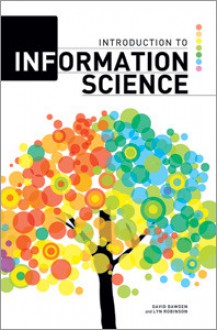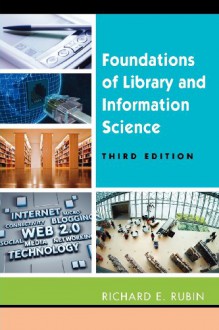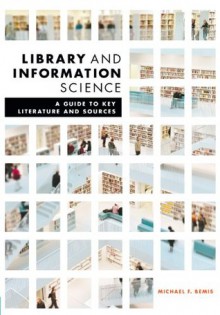When it comes to social media, I've used different kinds, both personally and professionally. While there are tons of different social media platform, the ones that I've found I've had the most success with are Twitter and Instagram.
Based on my tendency to chit-chat (which you've all probably noticed in my posts), you'd think that personally and professionally I would prefer to steer away from microblogging. But in my experience I've found that microblogging--which, for those of you who might be new to the social media world, is blogging with a very limited amount of space--is the best route to go if you want to have any kind of professional presence, and it certainly helps those of us who are long-winded to maintain a manageable personal presence.
For example: as an English major, a MLS student, and a part-time Material Support Specialist, books play a very central part in my life: in my personal and professional world, I do a lot of sharing about books, about quotes, about authors, etc. When it comes to reviews and lengthy conversations, places like this Booklikes page are fantastic. But when I'm snapshotting a picture of my favorite book or an intriguing quote, or when I'm highlighting a particular author, I don't need an entire blog post...and that is where social media platforms like Twitter and Instagram come in.

 Log in with Facebook
Log in with Facebook 









